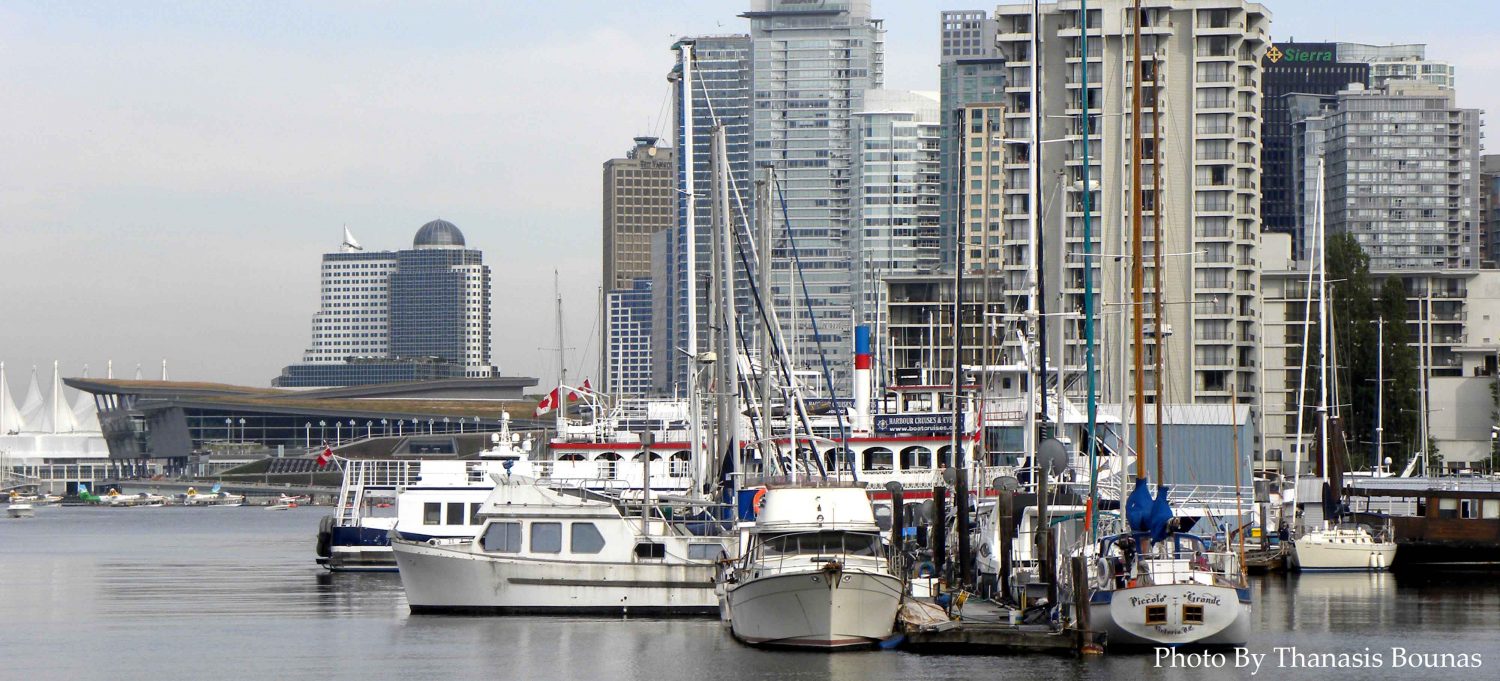
A Hidden Gem by the Inlet
Tucked along the calm shores of Burrard Inlet lies Old Orchard Park Beach — one of Port Moody, British Columbia, Canada’s most cherished natural retreats.
Framed by forested hills and tidal waters, this peaceful beach has been a gathering place for generations.
Its story, like that of Port Moody itself, is one of transformation — from a quiet coastal settlement to a thriving waterfront community.
Here, nature and history intertwine beneath the whispering pines and gentle waves.
Early Days and Indigenous Heritage
Long before Port Moody was established, the lands around Burrard Inlet were home to the Tsleil-Waututh Nation, who lived in harmony with the sea and forest.
The area that would become Old Orchard Park Beach was rich in shellfish, salmon, and cedar — a place of sustenance and spiritual connection.
When European settlers arrived in the mid-1800s, the inlet became a center for trade and exploration.
Yet the echoes of the First Nations’ deep relationship with this coast remain an inseparable part of the park’s story.
The Birth of a Seaside Retreat
As Port Moody grew during the late 19th and early 20th centuries, Old Orchard Park emerged as a local leisure destination.
Families picnicked under the shade of tall firs, while rowboats and small sailing vessels dotted the shoreline.
The park’s name, “Old Orchard,” is said to have originated from the apple and pear trees once planted by early settlers.
By the 1920s, the beach had become a beloved gathering spot — a place to rest, swim, and enjoy the simple joys of coastal life.
Industrial Growth and Change
The early to mid-1900s brought dramatic change to Port Moody, British Columbia, Canada, as industry began to shape the waterfront.
Sawmills, railways, and shipping activity transformed parts of Burrard Inlet, while Old Orchard Park remained a precious pocket of natural calm.
Though the surrounding landscape industrialized, the park’s preservation reflected the city’s growing awareness of balance between development and environment.
It became both a reminder of Port Moody’s origins and a refuge from its modernization.
Renewal and Community Spirit
By the 1970s, the city recognized the cultural and recreational value of Old Orchard Park Beach.
Restoration efforts improved trails, picnic areas, and beach access, ensuring that residents and visitors could continue to enjoy its coastal beauty.
Community volunteers played a major role in maintaining the park’s welcoming atmosphere, adding new amenities while respecting its natural charm.
Today, the park stands as a model of local stewardship — a testament to how small communities can protect their heritage with heart.
Nature, Family, and Reflection
Every season, Old Orchard Park Beach Port Moody offers something unique: misty winter walks, vibrant spring blooms, and golden summer sunsets.
Its gentle tide pools, forest trails, and mountain views make it a living canvas of British Columbia’s coastal splendor.
For families, it’s a place of tradition; for travelers, it’s a glimpse into the soul of the Pacific Northwest.
Few places capture the harmony between human presence and nature so gracefully.
In Reflection
The history of Old Orchard Park Beach in Port Moody, British Columbia, Canada, is a story of community, preservation, and quiet beauty.
From Indigenous heritage to modern recreation, it embodies the enduring relationship between people and the sea.
To stand on its shore is to feel the pulse of Port Moody’s past and the serenity of its present.
A beach that holds not just sand and water — but memory.







Be the first to comment